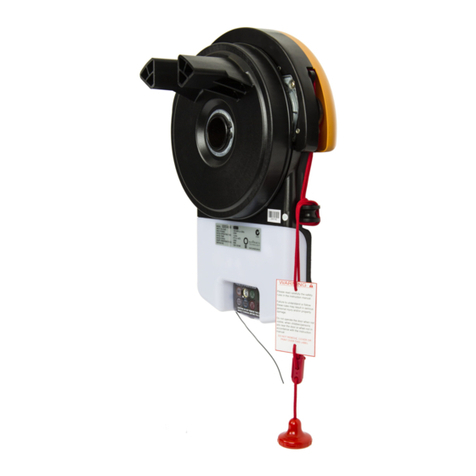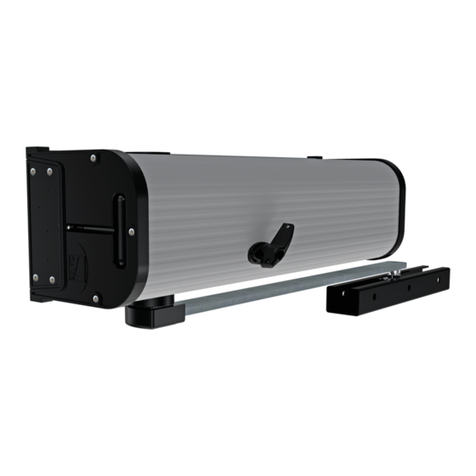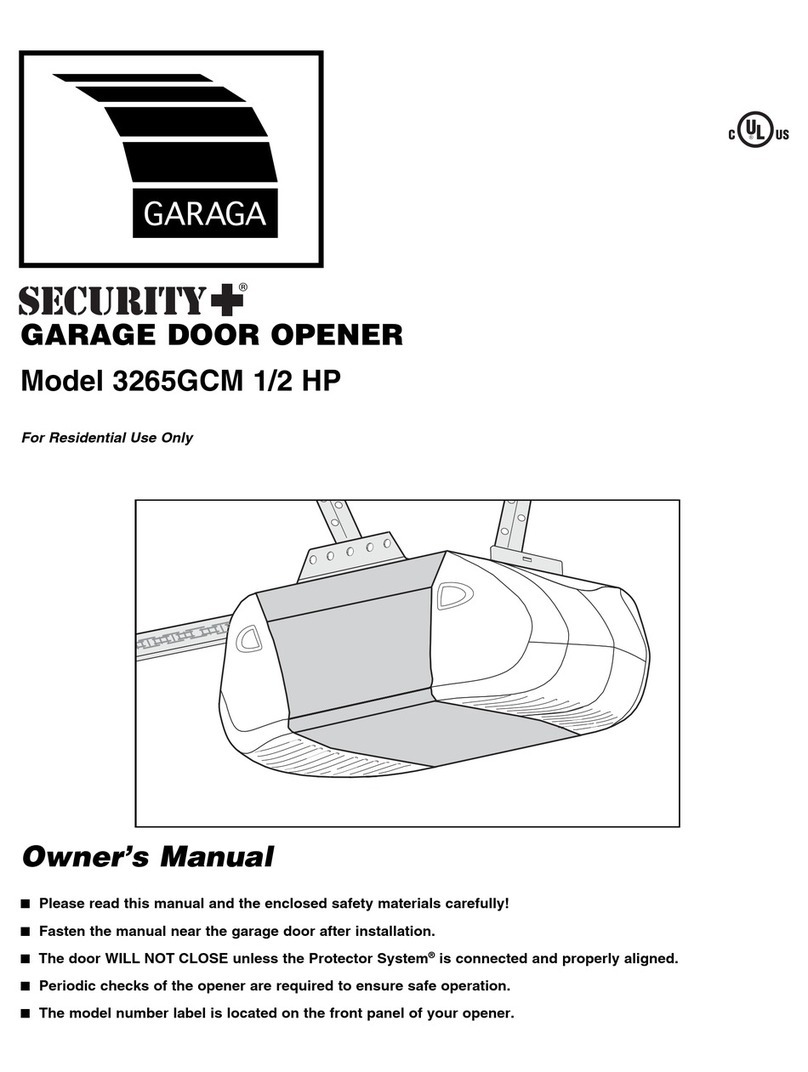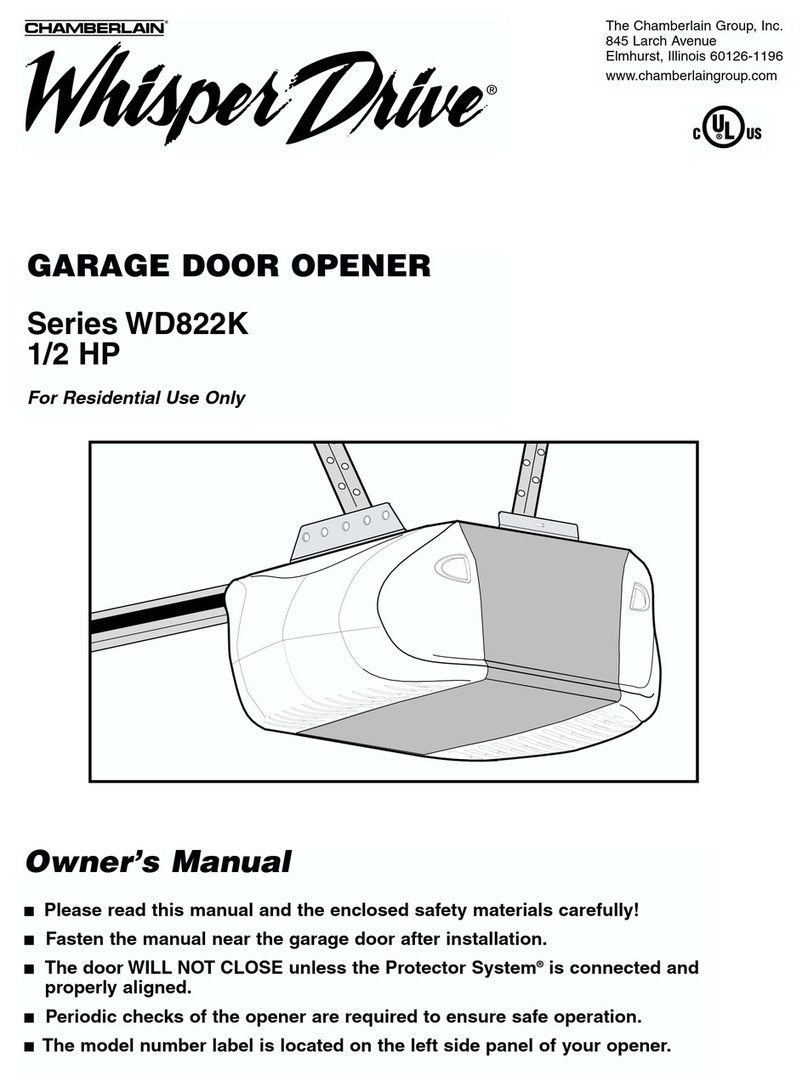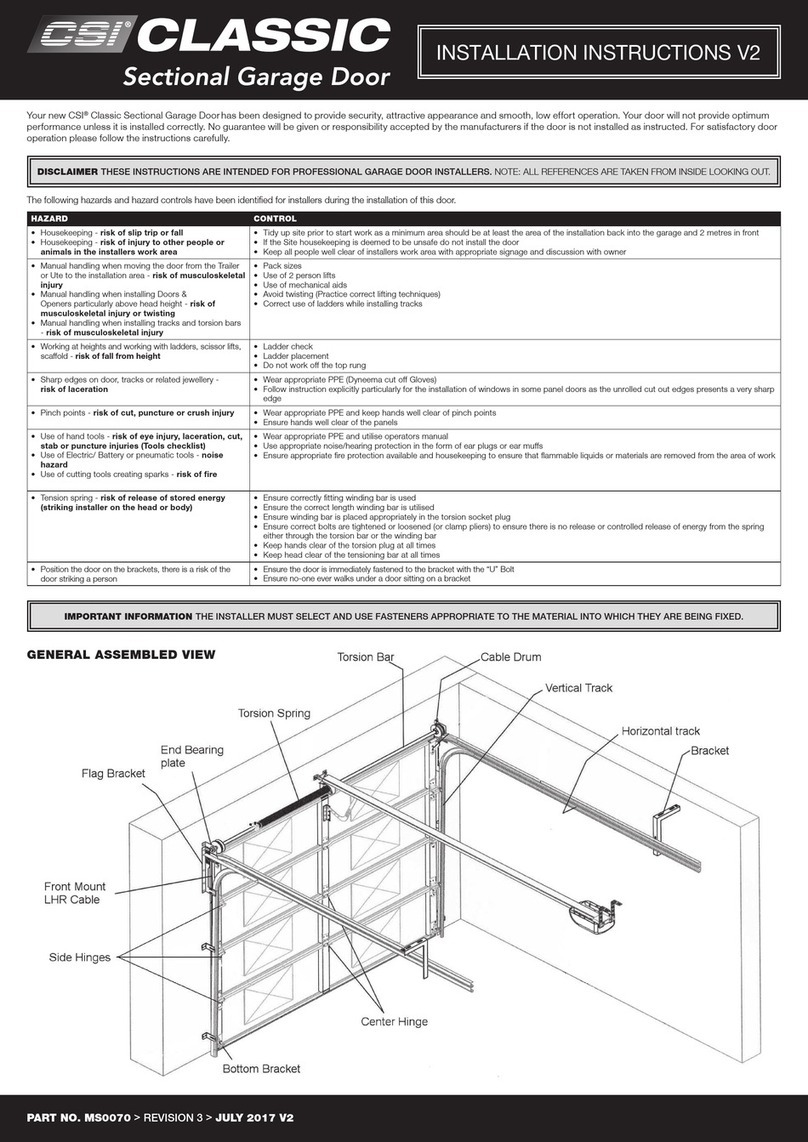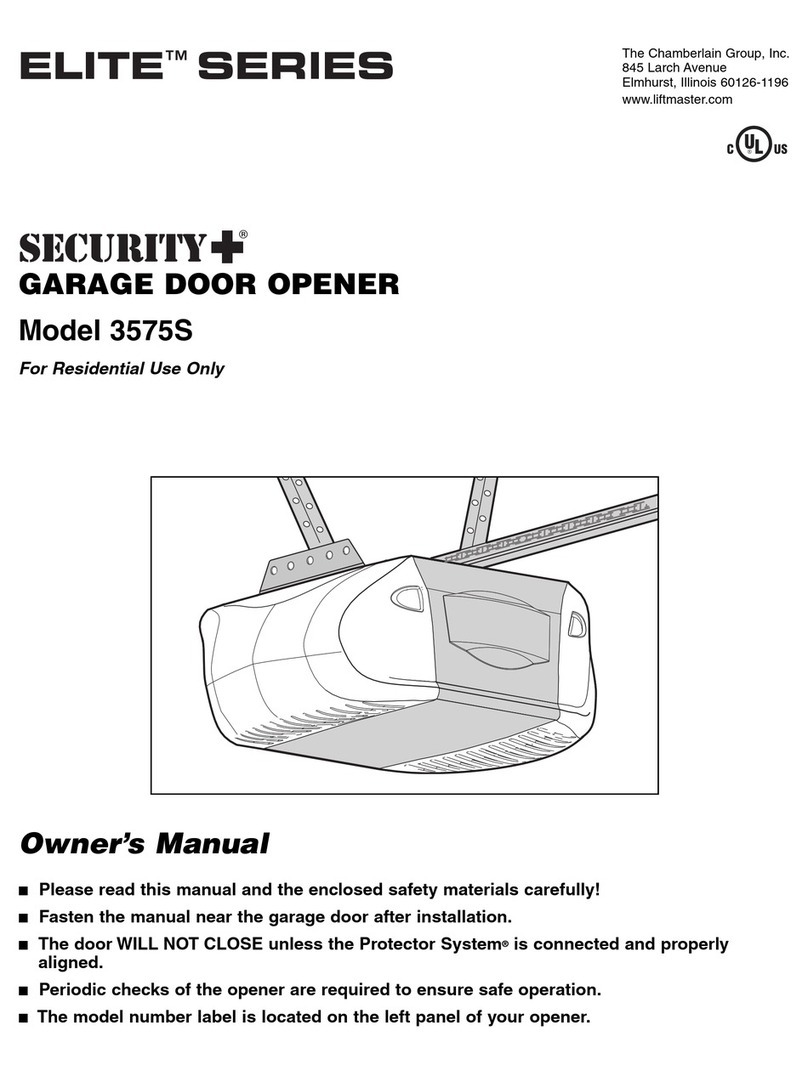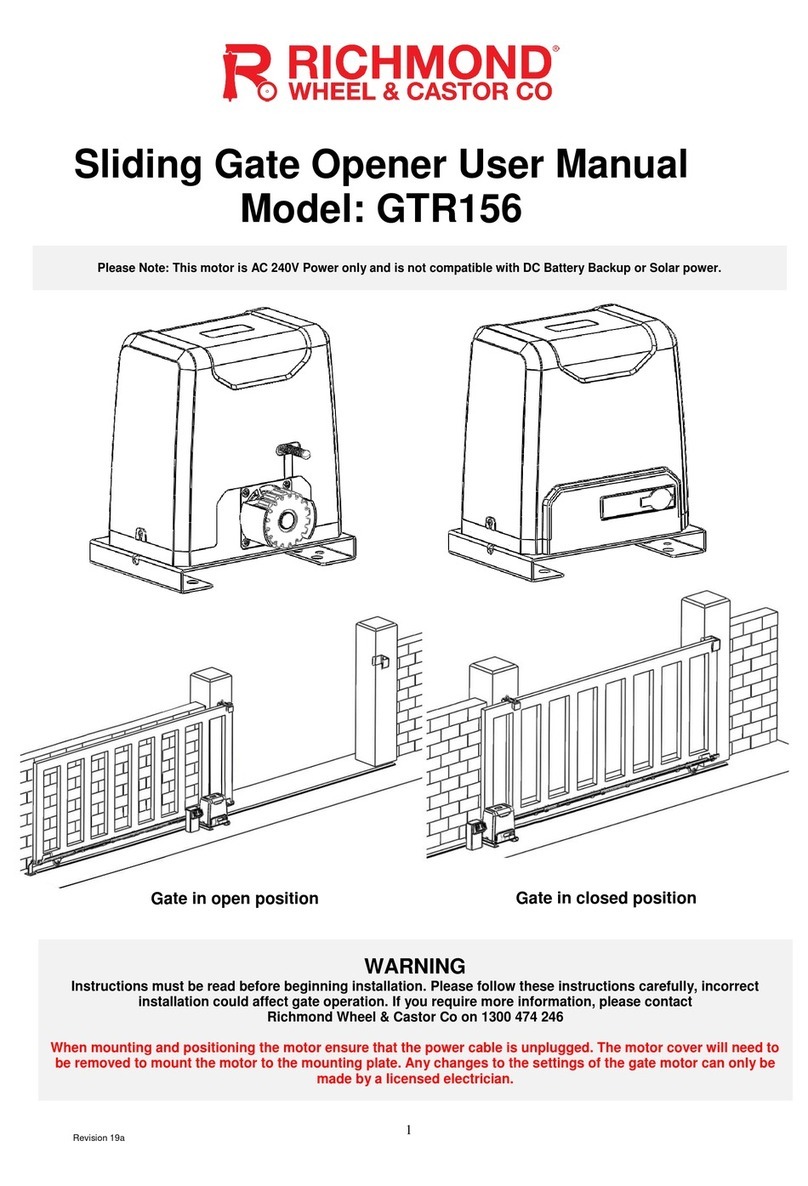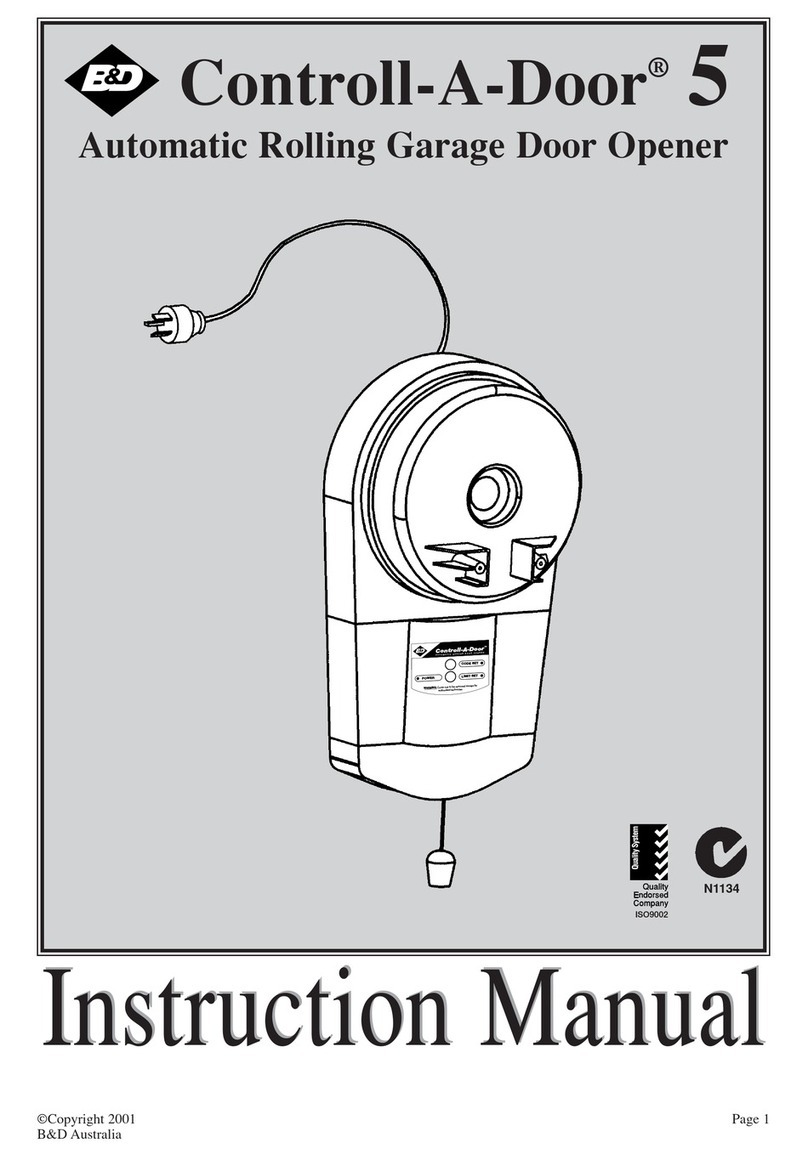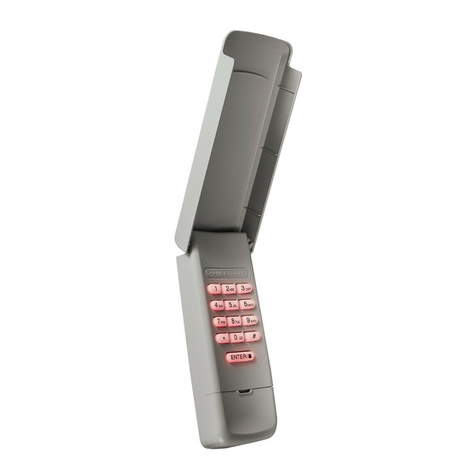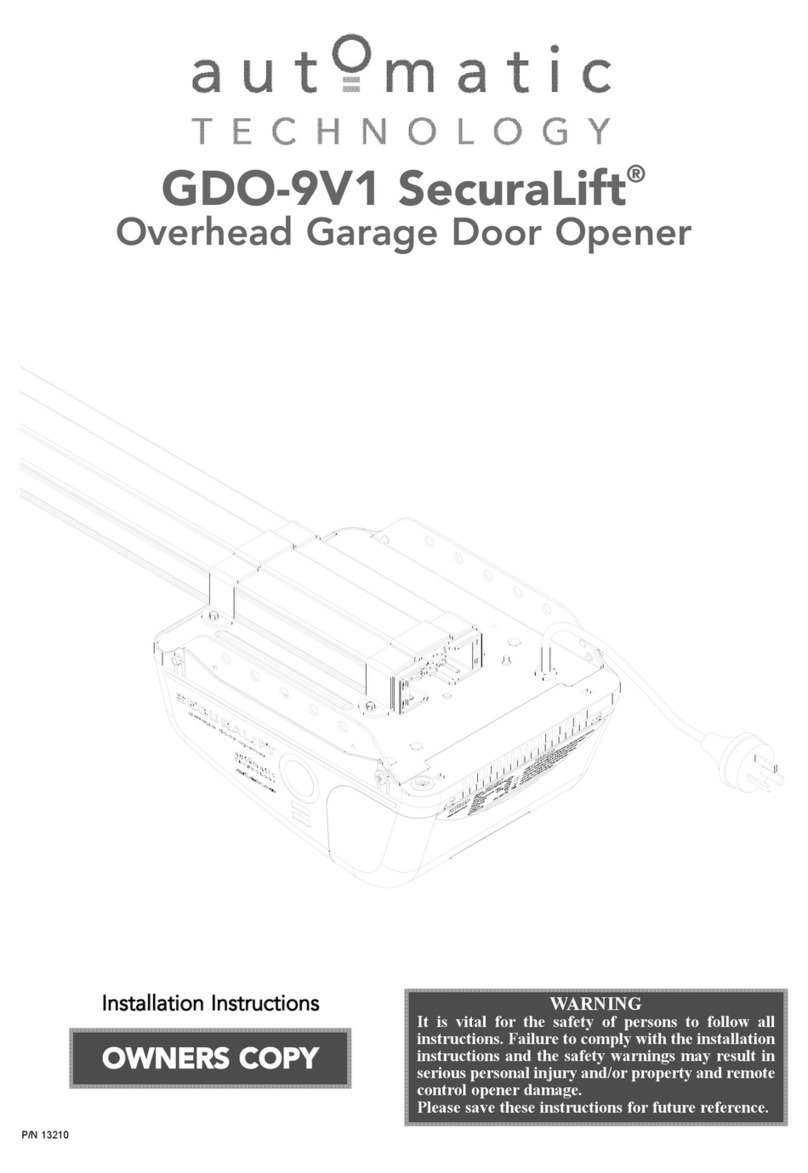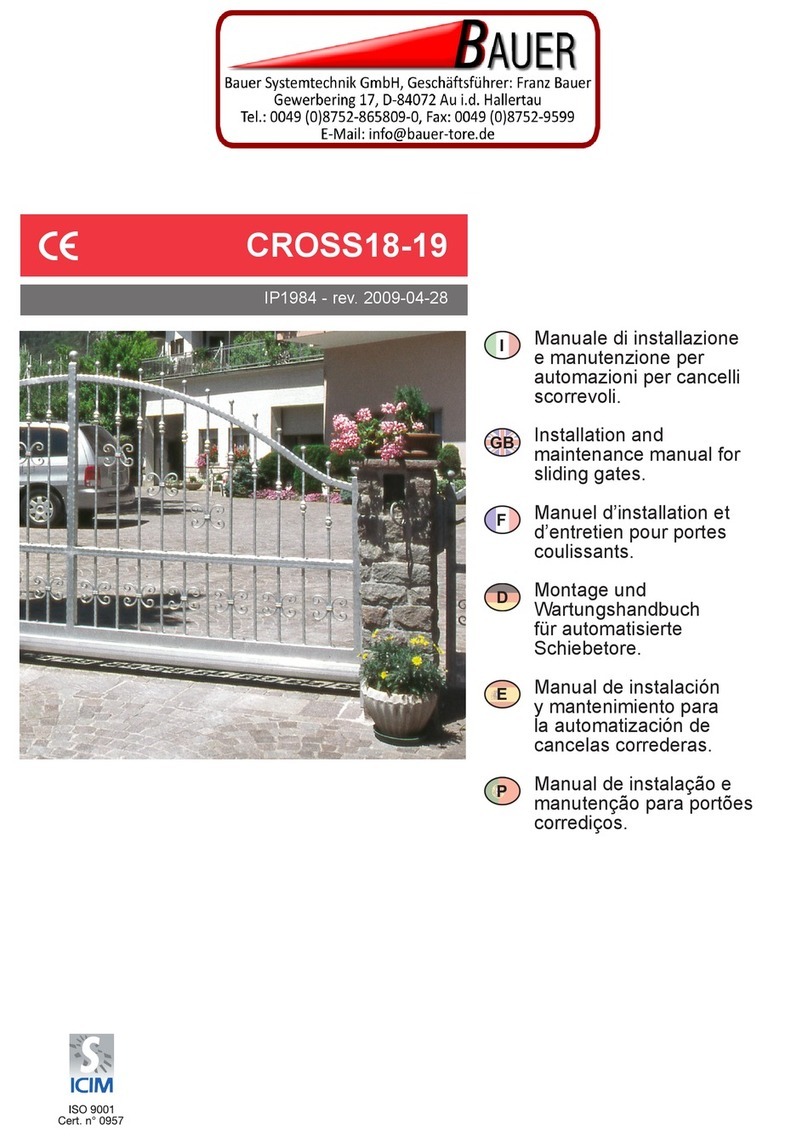R•O•M M4000 Power - Series IV Shutter Door
Installation Instructions
6800 East 163rd Street • Belton, MO • 800-827-3692
Copyright © 2022. All Rights Reserved.
Page 6of 17 FM-8.5-384 / D / 06-24-2022
c) To create a watertight opening, use a silicone sealant to seal between the track, sill plate (optional),
and compartment. Silicone sealant can also be applied around the bottom of the track if it does
not seat properly with the bottom of the compartment opening.
d) The side seal nearest thesill plate should be trimmed so that it is flush with the sill plate. Be careful
not to cut the seal to short, this will allow water to enter at this location.
e) To create a watertight opening, use a silicone sealant to seal between the track, high water seal
plate and compartment.
f) Shipped loose with your shutter is a label with lubrication instructions. Please place it so that the
end user can see it when the compartment is full of equipment.
11. LED DuroStripTM Compartment Lighting (optional)
NOTE: Reference FM-8.5-231 and FM-8.5-255 for LED Lighting Installation Instructions.
12. Attaching the drip rail (optional)
a) Center the drip rail/top seal in the compartment opening flush against the header. The ends should
be even with the outer finishing flange on the track per Fig. 12.
b) Remove the excess top seal by cutting the ends to fit between the side seals.
c) Mount the drip rail to the header using the recommended screws. Be sure that the fasteners do
not interfere with the operation of the shutter or cut the foam seal.
d) Using a soft rubber mallet or protective cloth and metal hammer, tap the snap cover into place.
Then using the same equipment tap on both end caps onto either end of the drip rail.
10. Attaching Weather-Stripping
a) To locate the correct position for the weather stripping (bulb seal), use one track as a guide.
b) Pull slat assembly down to the threshold and mark position of door to the header.
c) Remove track, then pull the door down past marked location (if necessary, lock operator with a
16-penny nail to hold position).
d) Clean the appropriate slat with a 50/50 isopropyl alcohol and water
mixture. Let Dry. Attach bulb seal (weather-stripping) to door with the ‘fin’
of the extrusion on top so that when door is closed it will create a seal
between header and slat assembly (see figure 12 option A).
Note: If the door operation (closing and opening) is difficult due the
weather-stripping binding too tightly against the back of the header when
closed, increase the distance between the slat assembly and the header
by incrementally cutting the sweep on back of the track (do not cut more
than 1/2”).
